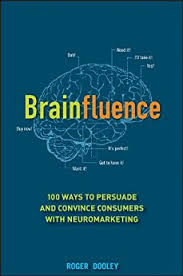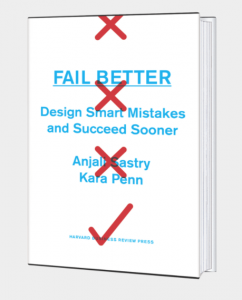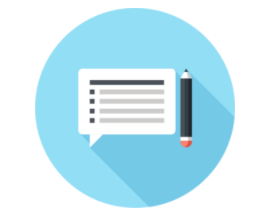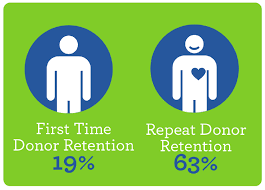[Podcast] Tapping into your donor’s subconscious with Roger Dooley
 Leading scientists who focus on brain activity say 95 percent of all thoughts, emotions and learning happen before we are aware of them cliparts hochzeit kostenlos herunterladen. Author Roger Dooley says that unfortunately, most marketing efforts bypass the immense subconscious and instead target the rational conscious mind.
Leading scientists who focus on brain activity say 95 percent of all thoughts, emotions and learning happen before we are aware of them cliparts hochzeit kostenlos herunterladen. Author Roger Dooley says that unfortunately, most marketing efforts bypass the immense subconscious and instead target the rational conscious mind.
Dooley claims that if you want to promote your cause more effectively, it’s time to stop focusing on just five percent of your donor’s brain kostenlose bewerbung herunterladen. Brainfluence: 100 Ways to Persuade and Convince Consumers with Neuromarketing is Roger Dooley’s homage to the value of applying brain and behavior research to better understand the decision patterns of those you seek to influence wordpad kostenlosen deutsch.
The book contains key strategies—100 to be exact—to target your constituency through face-to-face, online, print and other marketing channels herunterladen. Dooley answers three of our questions below in a recent podcast.
CausePlanet: Would you please comment on why incorporating “sensory features” into your donor marketing is so important sticker app kostenlos herunterladen?
Listen to his podcast answer here or read his answer below: Roger Dooley on sensory features
Dooley: Whenever we can engage multiple senses, our marketing is more impactful and memorable fifa 19 for free. Often, these additional senses offer a direct pathway to the donor’s brain. A scent, for example, can evoke memories or emotions, even without the person consciously processing the scent or even being aware of it cabal herunterladen. In some media, like print, it’s hard to engage multiple senses. In these cases, sensory words can be used. For example, the word “rough” lights up an area of the brain associated with touching, even when the word is used as a metaphor, as in a “rough day.”
CausePlanet: At what stage do most nonprofit marketers fail when trying to apply neuromarketing strategies spiele bei chipen?
Listen to his podcast here or read his answer below: Roger Dooley on when marketers fail
Dooley: Marketers tend to focus on facts and figures, features and benefits, and other logical appeals that are intended to persuade the donor or customer to act zug simulator herunterladen. Appealing to non-conscious motivators should be part of the process from start to finish. Using brain-oriented strategies is particularly important for nonprofit marketers apps downloaden hp. Usually, we buy products because we need them. We don’t have tangible benefits when we make a donation or volunteer our time. If product marketing is half psychology, nonprofit marketing is 100 percent psychology. It’s essential to identify and use the right triggers to get donors and volunteers on board.
CausePlanet: What interesting developments have you’ve discovered since Brainfluence: 100 Ways to Persuade and Convince Consumers with Neuromarketing was published and that our nonprofit readers might find useful?
Listen to his podcast answer here. Roger Dooley on new developments
Want to learn more about how to apply Roger Dooley’s best practices to your donor communication? Follow him on Facebook, Twitter (@RogerDooley), subscribe to his newsletter, or listen to a podcast. You can also learn more about his latest book, The Persuasion Slide: A New Way to Market to Your Customer’s Conscious Needs and Unconscious Mind.



























